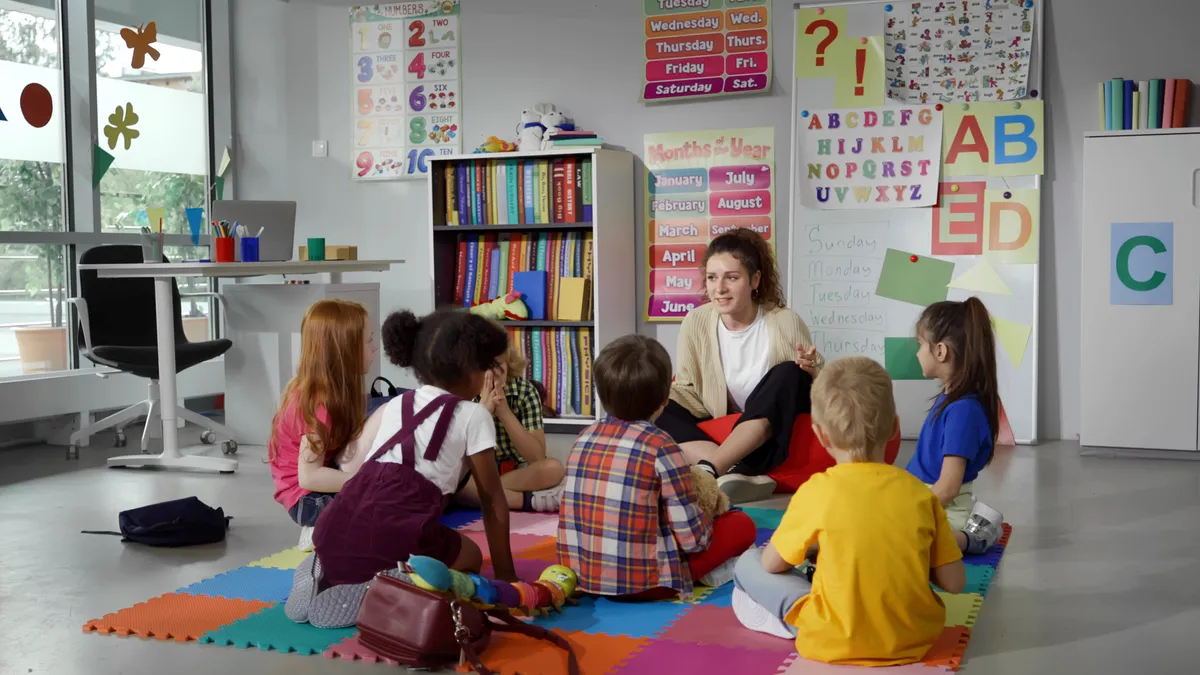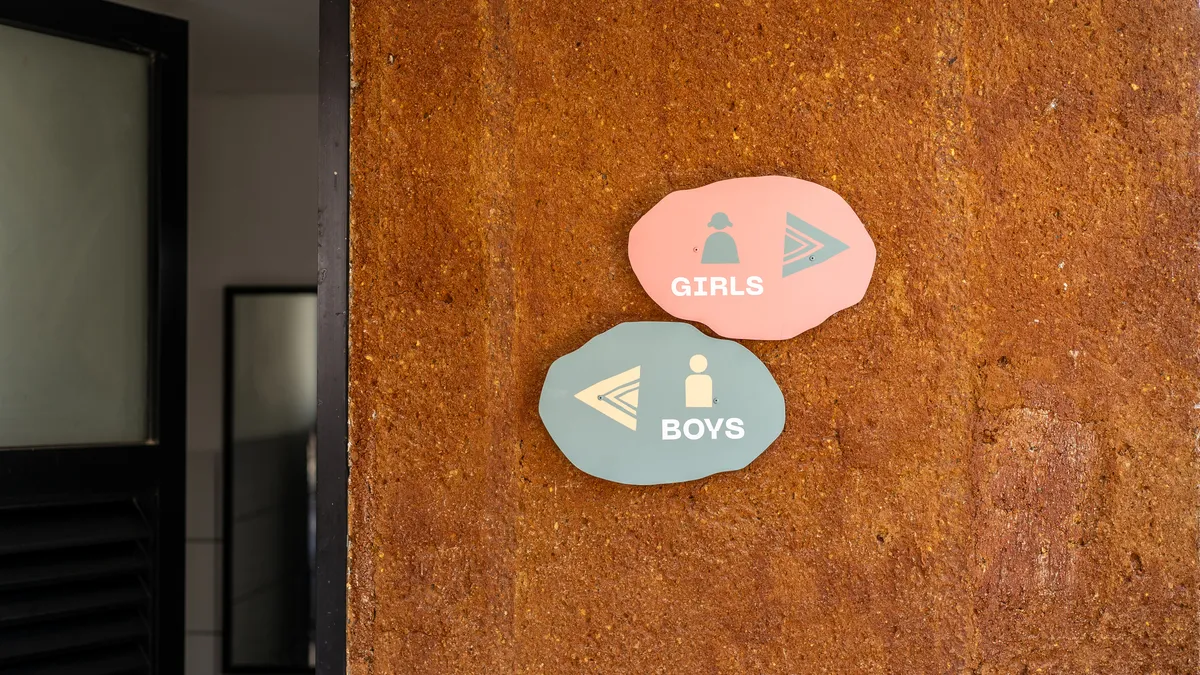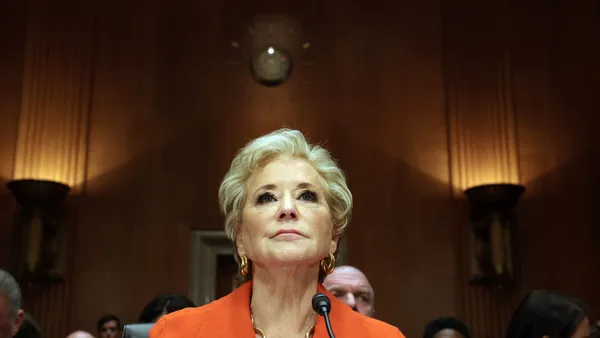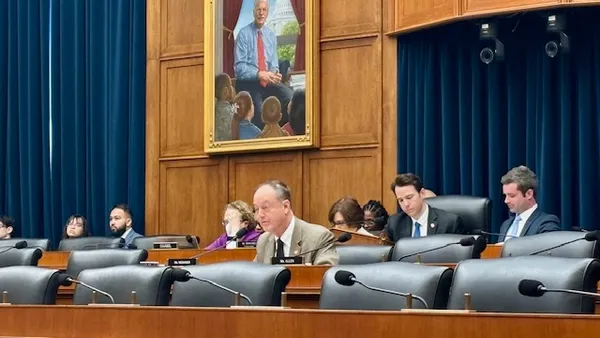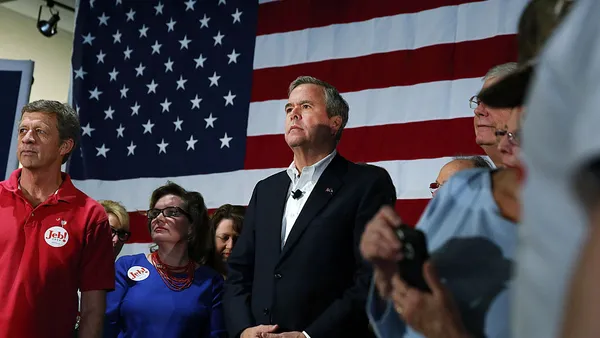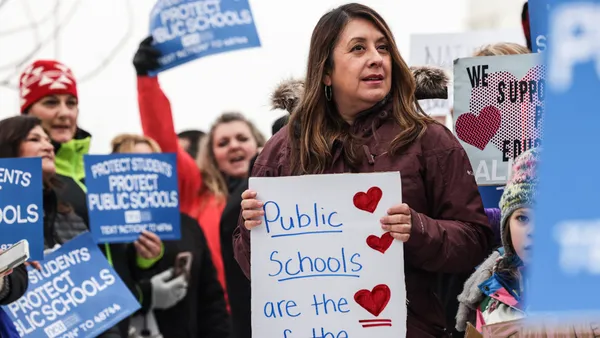Dive Brief
- The outlook for charter schools in the U.S. is stable for 2025 as many schools are holding their market position or expanding while continuing to have healthy liquidity and operating margins, an S&P Global Ratings report found.
- With the end of federal pandemic emergency funding and expected slower economic growth, S&P predicts charter schools will focus on managing expense pressures and teacher shortages in 2025.
- Competition for students remains high, but budget pressures are most noticeable at the lower end of S&P's ratings performance scale. The report also suggested that the new presidential administration, with its different priorities, could drive opportunities — or challenges — for charter schools.
Dive Insight
Over the past five years, demand rose for charter schools, with enrollment jumping by 11.7% from fall 2019 to fall 2024. At the same time, traditional public school enrollment fell by 3.9% in those years. About 8% of all public school students attend a charter school, the report found.
A Moody’s report from December also predicted a stable outlook for charter schools but highlighted that factors like flat funding on a per-pupil basis and high costs from recent capital outlays will constrain charter schools’ budgets. However, charter schools’ operating and budget flexibilities are expected to keep their financial performance stable even if state funding fluctuates.
States are currently in stable fiscal condition. S&P Global Ratings Economics forecasts that the U.S. gross domestic product growth will likely come in at 2% for each of the next two years, down from 2.7% growth in 2024. However, states' credit fundamentals are sound, allowing room to navigate potentially tough budgetary conditions, the ratings agency said.
Enrollment is a leading credit indicator, and S&P expects the general charter school enrollment momentum to continue. Nonetheless, the competition from homeschooling, expanding private school choice programs, and online and private schools pose a risk to charter schools, especially for areas already dealing with demographic challenges, the report said.
As of Dec. 31, 2024, S&P maintained ratings on over 350 U.S. charter schools, lowered 14 ratings, raised seven and assigned 21 new ratings.
Charter schools are also facing uncertainty as the new Trump administration develops its education policies. S&P said it will be watching for any credit impacts from changes to the U.S. Department of Education, school choice expansion, the child tax credit, and other issues raised during the campaign.
S&P said it will also continue to monitor operations and cash flows, particularly at lower-rated schools, to see how the additional spending, and potentially debt, could influence liquidity and credit quality.
Meanwhile, on Friday, the Education Department announced it was withdrawing notices for applications for fiscal year 2025 grants geared toward states and charter management organizations.
In a statement, the department called the routine original notices — issued in the final days of the Biden administration and published in the Federal Register on Jan. 21 — “burdensome and misaligned” and said they "included excessive regulatory burdens and promoted discriminatory practices."
The grant notices were for the State Entity Charter School Grant Program and the Charter Management Organization Grant Program.
The Education Department expects to issue revised notices in the near future that it said will "unleash innovation, minimize excessive and unnecessary oversight, and lessen the reporting burden for both applicants and grant recipients," according to the notices.
Kara Arundel contributed to this story.



